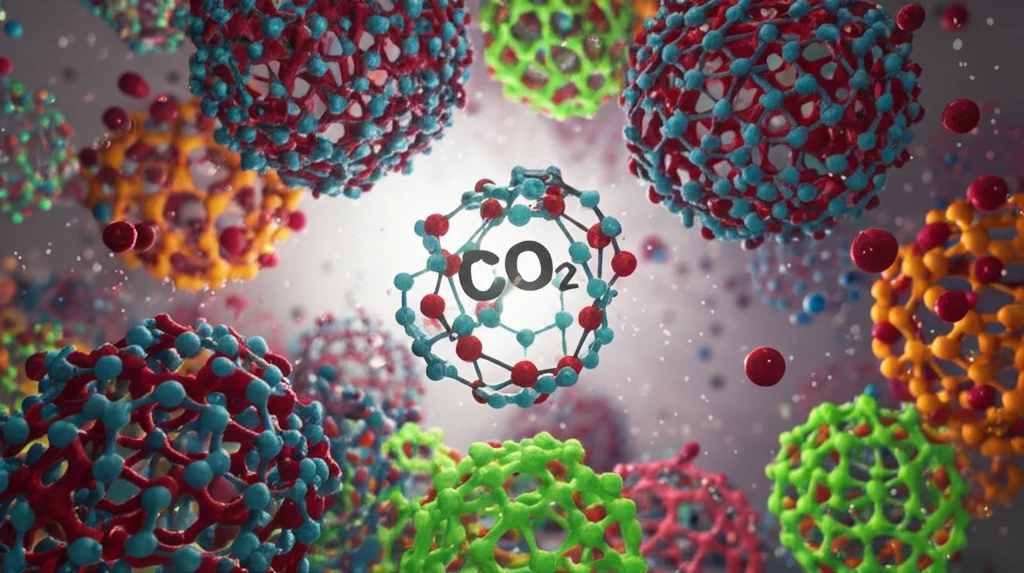
Can New "Porous Polymers" Solve the CO2 Crisis? Scientists Explore Innovative Carbon Capture Tech
"Discover how amine and amide porous polymers could revolutionize gas adsorption and help combat climate change."
The world's growing demand for energy is heavily reliant on fossil fuels, resulting in increased carbon dioxide (CO2) emissions and environmental concerns. While renewable energy sources are being developed, fossil fuels will likely remain a primary energy source for decades.
Industries like power plants, cement production, and transportation are major contributors to CO2 emissions, leading to rising atmospheric concentrations. This increase threatens the environment, driving global warming and triggering severe weather conditions, respiratory illnesses, and other health issues.
To address this challenge, scientists are exploring CO2 capture technologies, including the use of advanced materials and techniques such as amine and amide-type covalent organic frameworks, or COPs. These custom-designed porous polymers offer a promising route to capturing CO2 efficiently under a variety of industrial conditions.
What are Amine and Amide Porous Polymers?

Amine and amide porous polymers are materials designed to capture CO2 using building blocks like amine and amide functionalities. Researchers synthesize, characterize, and test these materials to determine if they can efficiently capture CO2 in pre- or post-combustion processes.
- Custom Design: Building amine and amide functionalities into porous polymer structures.
- Performance Evaluation: Assessing CO2 capturing abilities at both low and high pressures.
- Application Versatility: Targeting pre-combustion and post-combustion processes.
- Energy Storage: Testing hydrogen (H2) sorption for energy storage applications.
The Future of Carbon Capture
The study demonstrates the potential of amine and amide porous polymers as CO2 adsorbents, particularly at high pressures. These materials offer a pathway for designing custom polymers with efficient CO2 capture capabilities, contributing to efforts to mitigate climate change. Further research and development in this area could lead to significant advancements in carbon capture technologies.
